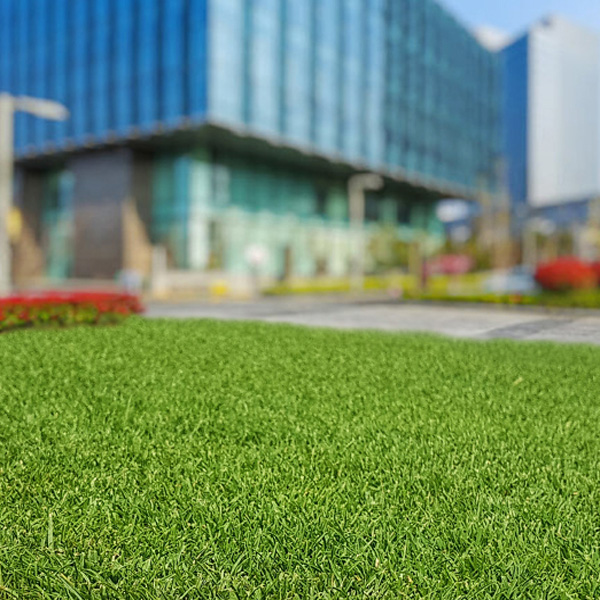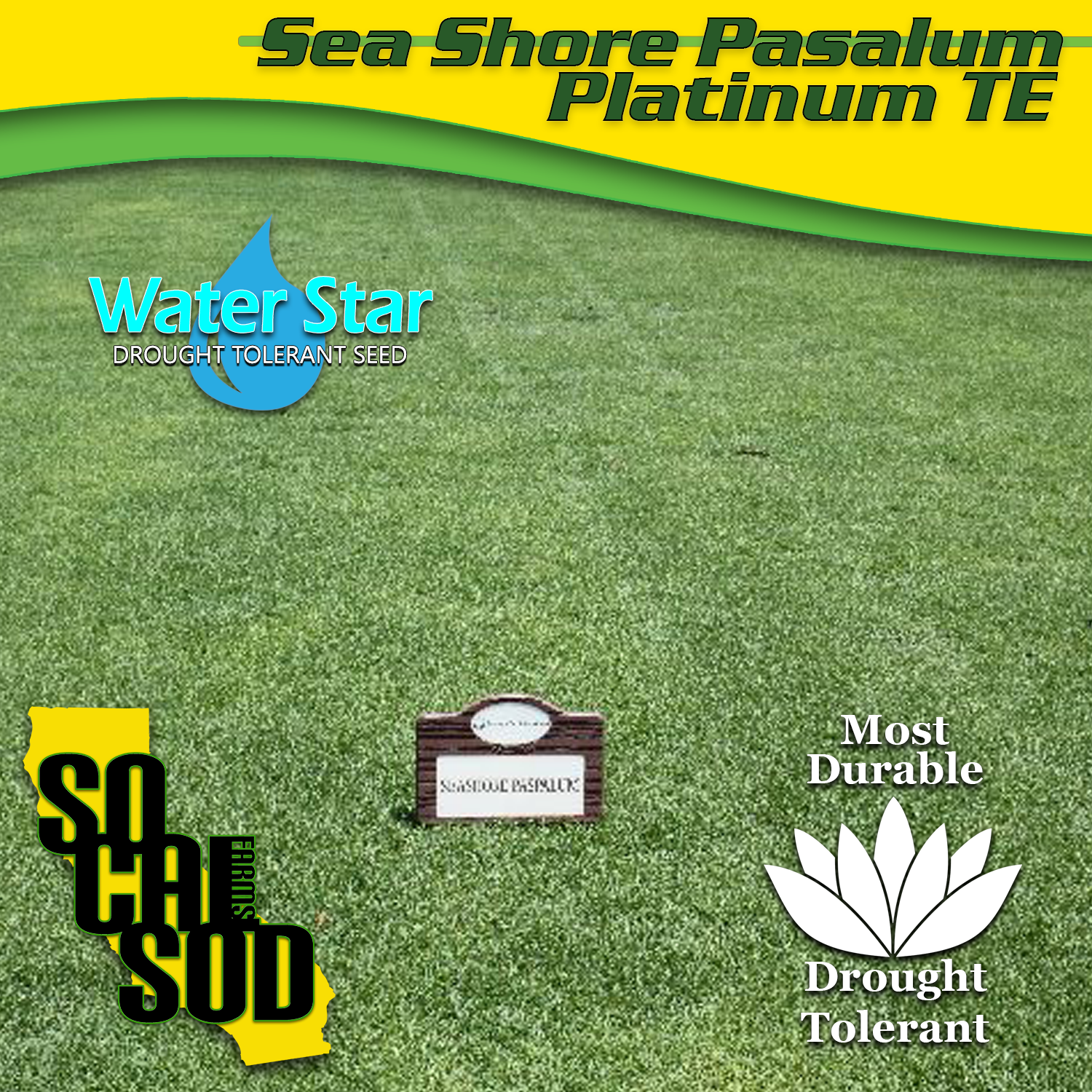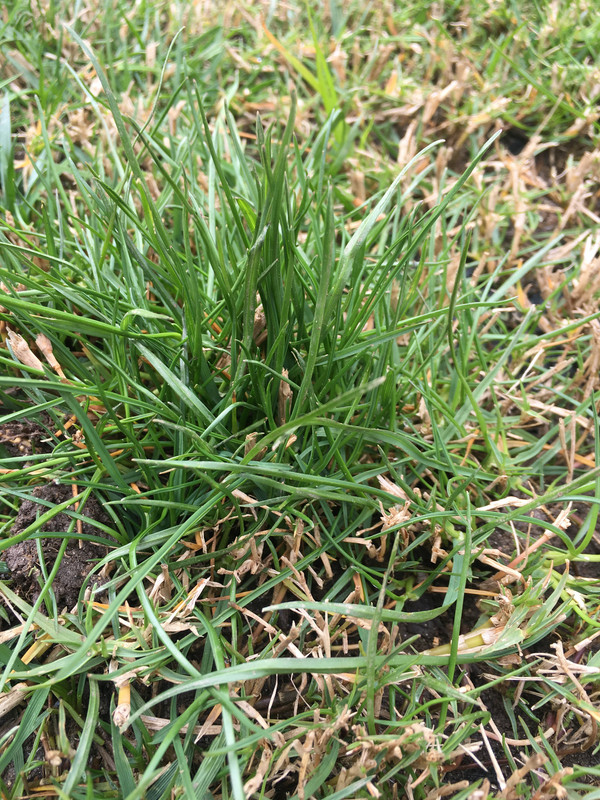
A variety of fungicides are available to control dollar spot in Seashore paspalum. Recommended fungicides can help prevent further infection while corrective cultural measures are taken.

Irrigate deeply and infrequently to avoid drought stress. Irrigate turf early in the day to allow the foliage to dry as quickly as possible. Use an adequate level of nitrogen, particularly in the spring and early summer. Abundant white fungus growth may be seen in these areas during periods of severe disease development, which is evident early in the morning when dew is present.Ĭontrol: Fertilize as necessary water adequately.

Lesion moves across blade, causing tip to dieback. Live blades may have straw-colored lesions along one edge. Symptoms: Circular straw-colored infection centers only a few inches across, although spots may merge and resemble brown patch.
#SEASHORE PASPALUM DRIVERS#
Dry soil conditions, extended leaf wetness and low nitrogen levels in soil are the primary drivers of the disease. The most important turfgrass diseases of Seashore paspalum include: FOLIAR DISEASESĬonditions promoting disease: This is one of the more prevalent and damaging disease of Seashore paspalum.
#SEASHORE PASPALUM SERIES#
Proper disease diagnosis and management require a thorough examination of the site, knowledge of relevant past and present environmental conditions, in-depth knowledge of plant species biology, site management history, pathogen life cycles and epidemiology, and an orderly series of tests to determine possible causes. Utilizing a resistant cultivar (host), using chemicals to destroy the pathogen, or altering the environment will result in disease control. Disease management is based on the elimination of any one of these factors. If a susceptible host and organism are present, a disease will develop only if moisture and temperature conditions are favorable for that organism to infect. In order to have a pathogenic disease, three factors must always be present: (1) a susceptible host, (2) a parasitic organism, (3) environmental conditions that are favorable to the pathogen. Pathogenic diseases can be caused by differ classes of pathogens such as fungi, bacteria, viruses, phytoplasma, mollicutes, and nematodes. However, turfgrass stands can be injured and damaged by biotic (living) and abiotic (non-living) agents. Diseases on these turfgrass species are the exception and not the rule. Seashore paspalum turfgrass swards will grow at the top of their genetic potential as long as nutrients, moisture, light and favorable temperatures are provided.
#SEASHORE PASPALUM PLUS#
POST applications of quinclorac, dicamba, and MON 12000 were safe to use for weed control in paspalum cultivars, whereas the safety of diclofop and imazaquin was marginal, and 2,4-D plus mecoprop plus dicamba was unacceptable.Paspalum Disease Identifications & Management However, when treated with imazaquin at 0.4 kg/ha, the quality of K-7 (65%) was lower than AP 10 (85%), HI 25 (77%), and PI 28960 (81%), and when treated with 2,4-D plus mecoprop plus dicamba at 1.1 + 0.6 + 0.1 kg/ha, the quality of AP 10 (75%), PI 28960 (72%), and K-7 (57%) was lower than HI 25 (87%).

The quality of all cultivars was similar at 2 WAT with diclofop at 1.1 kg/ha (79 to 84%). Diclofop, imazaquin, and 2,4-D plus mecoprop plus dicamba significantly reduced the quality of all cultivars 2 wk after treatment (WAT). Dicamba at 1.7 kg/ha affected the quality of K-7 (69%) more at 2 wk than the other cultivars (85 to 92%). HI 25 recovered within 4 wk, but K-7 required 6 wk or longer. When the rates were increased to three times recommended, the quality of ‘AP 10’ (≥ 96%) and ‘PI 28960’ (93%) cultivars was not affected, but the quality of ‘HI 25’ (≥ 84%) and ‘K-7’ (77%) was lower when compared with respective untreated plots. Quinclorac (0.8 kg/ha) and MON 12000 (0.07 kg/ha) at recommended rates were the only POST herbicides that did not affect the performance of any seashore paspalum cultivar (≥ 89%). A field study was conducted on tolerance of four seashore paspalum cultivars to postemergence (POST) herbicides in Georgia during 19.


 0 kommentar(er)
0 kommentar(er)
